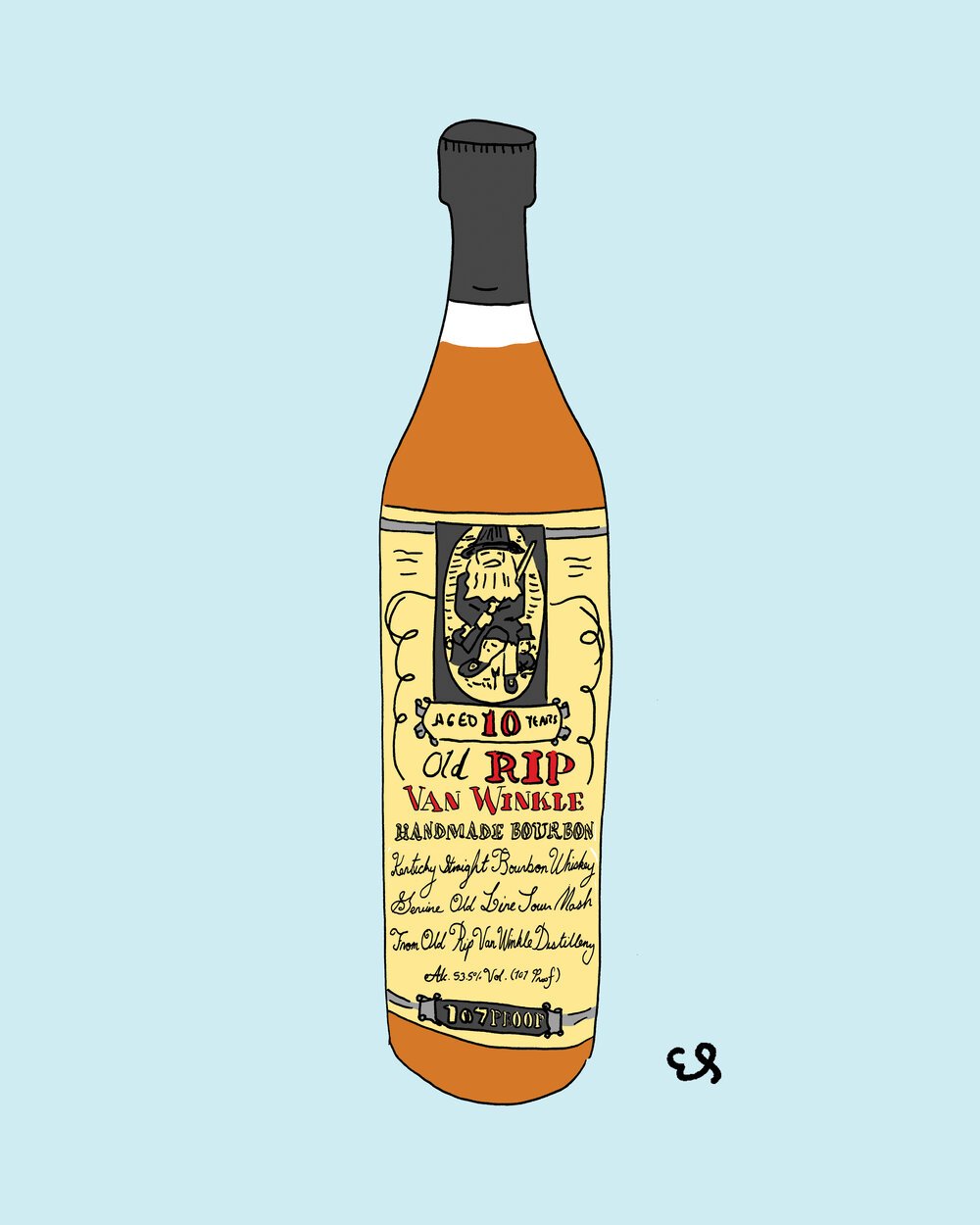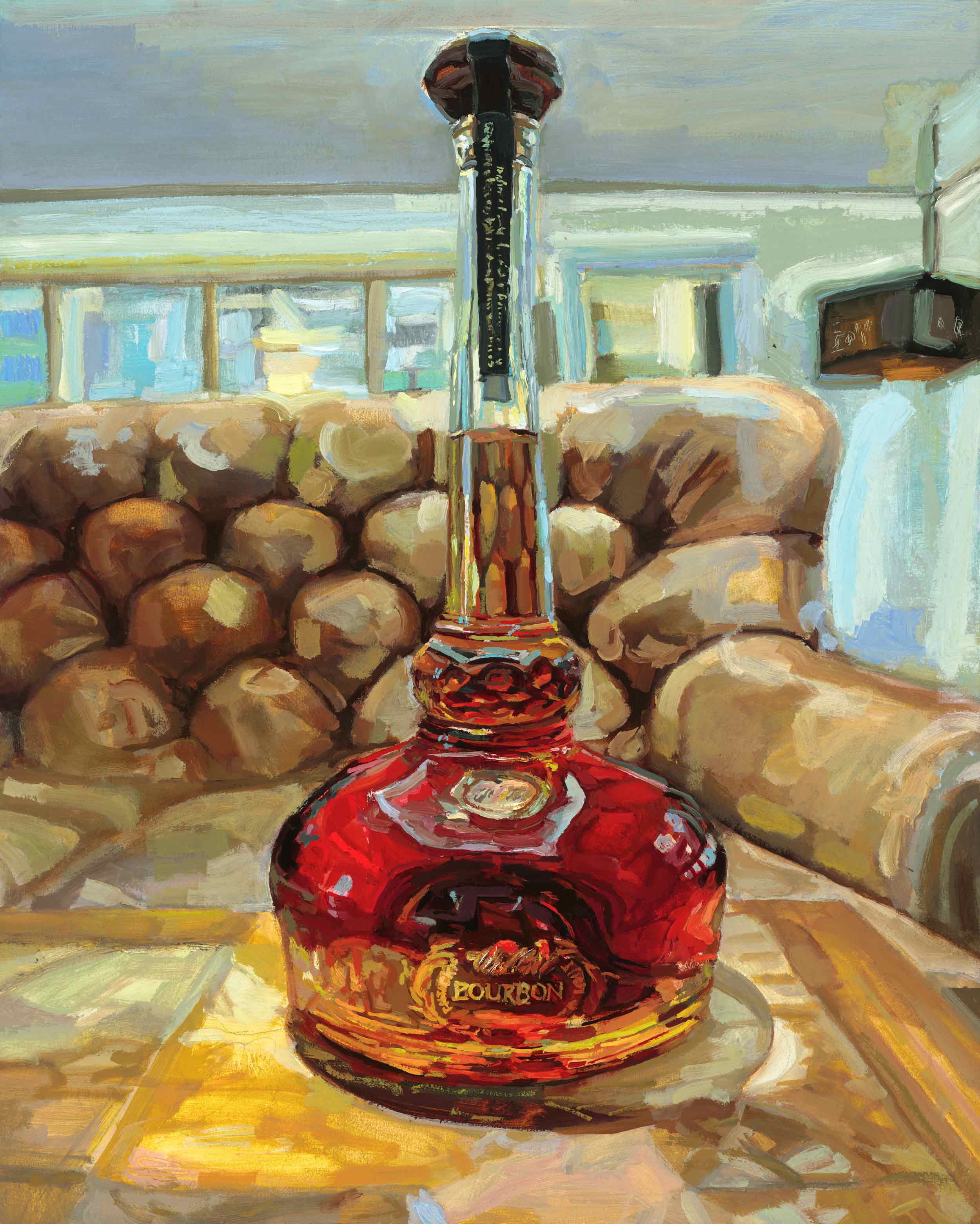Transform Your Room with Sensational Whiskey Art Inspired by Nature
The Significance of Whiskey Art in Celebrating Heritage and Craftsmanship in the Beverage Sector
The complex connection between scotch art and the event of heritage and workmanship within the drink market can not be overstated. Via thoughtfully developed tags and bottles, bourbon brand names envelop their historical roots and the artisanal abilities that define their production approaches.
The Historic Roots of Whiskey
At the heart of bourbon's attraction exists an abundant tapestry of historic roots that trace back to ancient people. The beginnings of bourbon can be connected to the purification techniques of the Sumerians and Babylonians around 2000 BCE, where very early kinds of fermented grain drinks started to arise. Nonetheless, it remained in the Middle Ages that the art of purification developed considerably, especially in Ireland and Scotland, leading to the production of bourbon as we know it today.
The term "scotch" itself stems from the Gaelic word "uisce beatha," indicating "water of life." This phrase underscores the social importance of bourbon in Celtic societies, where it was frequently connected with routines, parties, and public bonding. By the 15th century, purification came to be an acknowledged craft within monastic areas, leading the way for the facility of lawful distilleries.
As profession paths expanded, scotch's popularity expanded, transcending regional boundaries and catching the rate of interest of connoisseurs worldwide. Realism Art. This historical journey mirrors not only the craftsmanship behind whiskey manufacturing however likewise its essential role in cultural and social contexts, noting it as a considerable drink throughout background
Artistic Expression in Branding
Whiskey branding stands as a compelling crossway of artistry and business, where visual identification plays a crucial function fit consumer assumption. The visual appeals of scotch labels, packaging, and advertising products reflect not just the brand name's tale yet likewise its core values and heritage. Through imaginative expression, distilleries convey a story that reverberates with consumers, stimulating feelings and sparking links.
Using shade, typography, and images in branding offers to differentiate items in a saturated market. For example, traditional motifs might stimulate a sense of credibility and craftsmanship, while modern designs can represent technology and forward-thinking. This critical imaginative instructions enhances brand name acknowledgment and commitment, permitting consumers to build a personal partnership with the scotch they pick.
In addition, imaginative expression in branding typically works as a party of local heritage. Distilleries often include regional symbols or historic referrals right into their styles, creating a local color that welcomes customers to take part in a wider cultural experience. Ultimately, the virtuosity behind bourbon branding not only improves aesthetic charm however also enhances the total story of the brand, promoting a deeper gratitude for the craftsmanship and heritage embedded in each container.
Craftsmanship in Container Style
The artistry noticeable in whiskey branding expands past visual identity to encompass the workmanship included in container layout. Each bottle works as a vessel not just for the spirit within, however also for the tale it tells regarding its custom, origin, and top quality. The design procedure requires thorough interest to detail, as aspects such as form, material, and closure add dramatically to the total assumption of the whiskey.
Workmanship in container layout involves selecting high-grade glass that can enhance the bourbon's shade and quality, while additionally offering a tactile experience for the customer. The silhouette of the bottle must be both visually enticing and useful, usually mirroring the heritage of the brand name. Lots of distilleries select one-of-a-kind forms or printed logo designs that stimulate a feeling of authenticity and history.
Moreover, the label style and typography play an important duty in communicating the brand's story. Bourbon Art. A well-crafted bottle not only astounds the consumer's eye however likewise enhances the brand name's dedication to quality and tradition. This way, the craftsmanship of container style becomes an essential facet of the scotch experience, merging creativity with an extensive regard for heritage
Cultural Significance of Whiskey Art
Celebrating custom and workmanship, the social value of bourbon art transcends mere visual appeals, intertwining with the social and historical stories of the areas where it originates. Each bottle functions as a canvas, depicting the one-of-a-kind tales, folklore, and practices that have shaped local whiskey-making methods. The complex layouts often reflect the heritage of the distillers, integrating icons and concepts that resonate with the society and values of their communities.

Additionally, whiskey art plays an important duty in common gatherings and celebrations, working as a concrete web link in between people and their shared experiences. By appreciating the creativity in bourbon product packaging, consumers cultivate a deeper understanding and regard for the craft, eventually enriching their satisfaction of the drink itself.
Modern Trends in Scotch Presentation
In current years, the discussion of whiskey has advanced to show contemporary tastes and fads while still honoring conventional craftsmanship - Realism Art. Distilleries are increasingly concentrating on aesthetic elements that enhance the general alcohol consumption experience, connecting the gap in between heritage and modernity
Innovative bottle designs have actually arised, usually incorporating sustainable products and creative labels that tell compelling stories. Several brands now collaborate with neighborhood artists, instilling their items with unique aesthetic expressions that resonate with customers. Additionally, limited-edition releases are often packaged in collectible containers, adding value and charm for lovers.

Verdict
To conclude, scotch art works as a crucial conduit for expressing the heritage and workmanship integral in the beverage industry. Via complex branding, innovative bottle designs, and culturally significant imaginative aspects, whiskey brand names properly recognize their practices and connect with customers. This creative narrative not just boosts the recognition of whiskey but additionally reinforces neighborhood identification and satisfaction among producers. Eventually, bourbon art plays a necessary duty in preserving and celebrating the rich cultural tapestry of whiskey-making.


Craftsmanship in container layout entails selecting premium glass that can improve the bourbon's color and clarity, while also supplying a tactile experience visit the website for the consumer. In this means, the craftsmanship of bottle style ends up being an important element of the bourbon experience, combining creativity with an extensive respect for heritage.
In final thought, whiskey art serves as an important conduit for revealing the heritage and workmanship intrinsic in Read Full Article the beverage market.